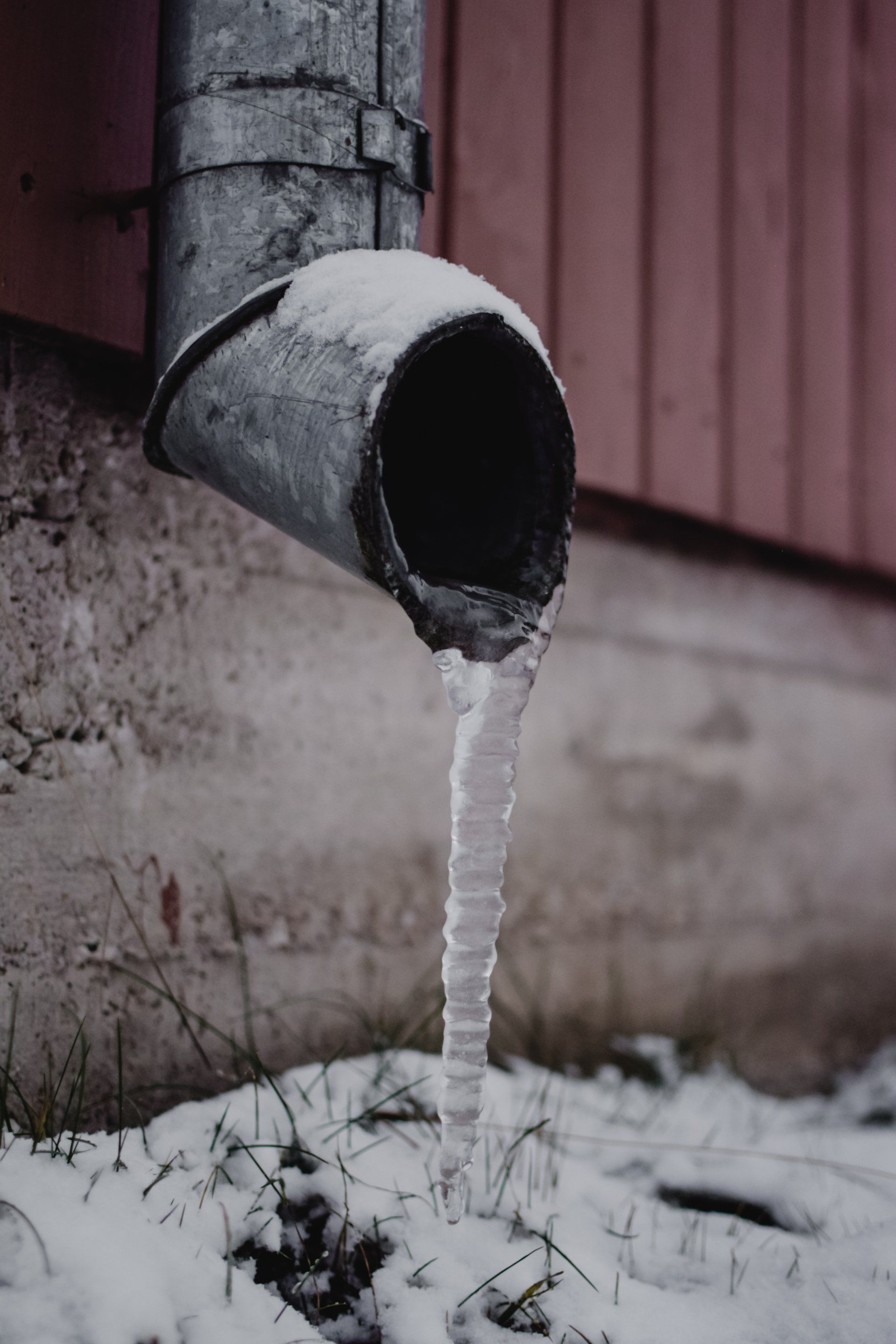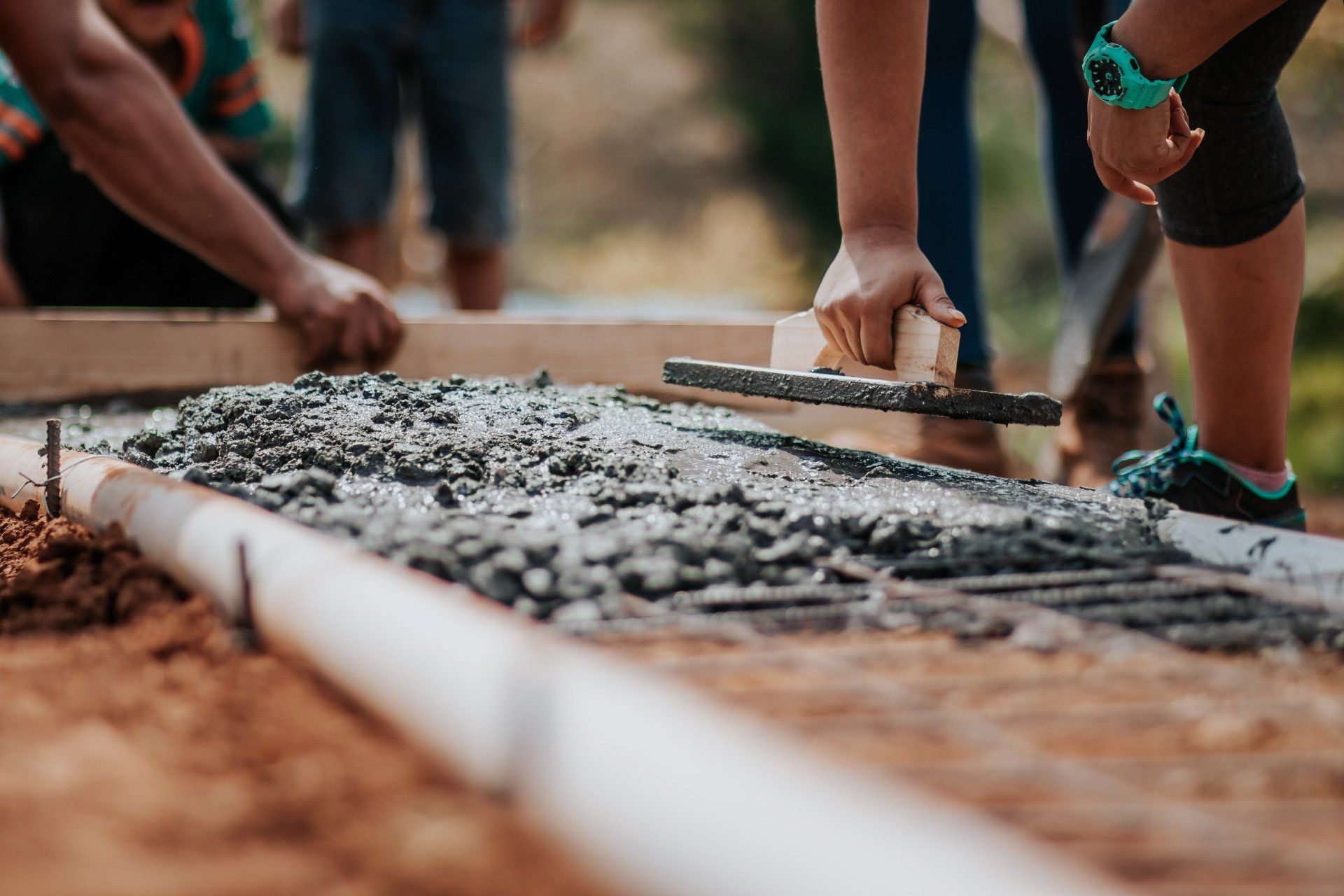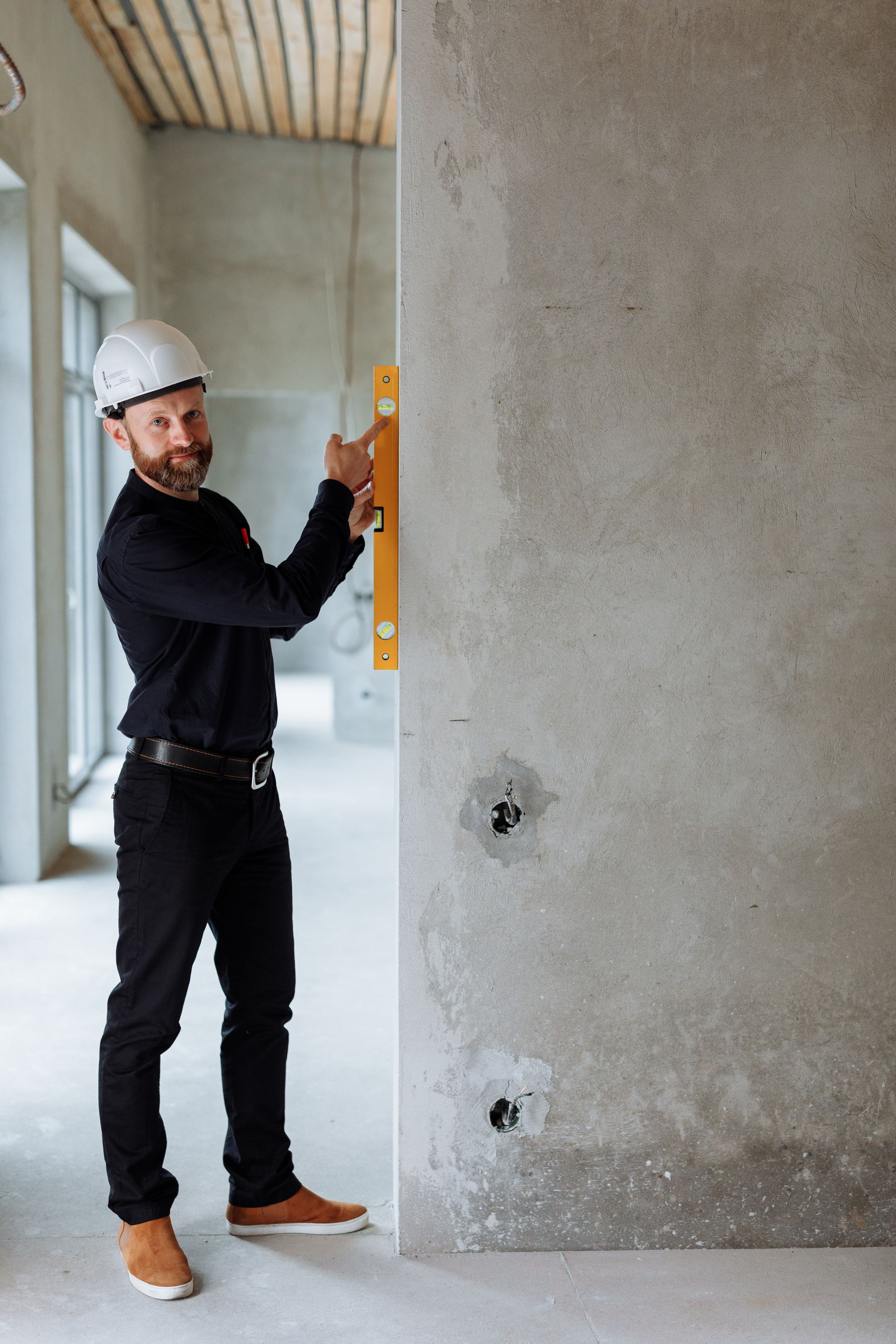French Drain Systems: Versatile Water Management
Maximizing Water Management: Insights into French Drain Systems for Homes and Yards
Introduction to French Drain Systems
A French drain system, a term that often surfaces when discussing landscape and foundation water management, is an efficient way to direct water away from structures and prevent water-logged areas. This comprehensive guide aims to demystify the concept and application of French drain systems, exploring their various forms and functionalities.

The Concept of a French Drain System
A French drain system consists of a slightly sloped trench filled with gravel or rock and a perforated pipe, designed to redirect groundwater and surface water away from an area. It's an invisible yet effective solution to address excess water.
Basement French Drain System
In basements, a French drain system serves as a shield against water seepage, a common issue in many homes. An interior French drain system is typically installed along the inside perimeter of the basement floor, capturing any water entering through the walls or floor and redirecting it, often to a sump pump system.
Tackling Yard Water: French Drain System for Yard
For yards prone to soggy conditions or standing water, a French drain system offers a practical solution. By strategically placing the system in problem areas, homeowners can effectively manage surface water, preserving the health and aesthetics of their landscape.
Navigating the Costs: French Drain System Cost
The investment in a French drain system varies. Factors influencing the cost include the length of the drain, type of materials used, and whether it's an interior or exterior installation. Understanding these factors can help in planning and budgeting for the installation.
Implementing the Solution: French Drain System Installation
The installation process, whether for an interior or exterior French drain system, requires precision. It involves digging a trench, installing a perforated pipe, covering it with gravel, and then backfilling. This process might seem straightforward, but it's often best executed by professionals.
Differentiating the Systems: Interior vs. Exterior French Drain System
Understanding the difference between an interior and an exterior French drain system is key. While the interior system is geared towards mitigating basement water issues, the exterior system is designed to address water accumulation around a home's foundation or in the yard.
Enhancing Efficiency: French Drain System with Sump Pump
In scenarios where water accumulation is significant, coupling a French drain system with a sump pump ensures enhanced efficiency. This combination is particularly effective in basements, where the sump pump actively expels the collected water.
Maintenance Tips: Avoiding a Clogged French Drain System
Regular maintenance is critical to prevent your French drain system from getting clogged. Periodic inspections and cleanings are essential to keep the system operational and effective in water management.
Conclusion: The Versatility of a French Drain System
Whether it’s a French drain system in your yard or basement, these systems offer a reliable solution to water-related issues. Their versatility, efficiency, and relatively low visibility make them an ideal choice for many homeowners.
Remember, while 'a French drain system' might seem like a simple concept, its implementation and maintenance require understanding and care to ensure its longevity and effectiveness.




